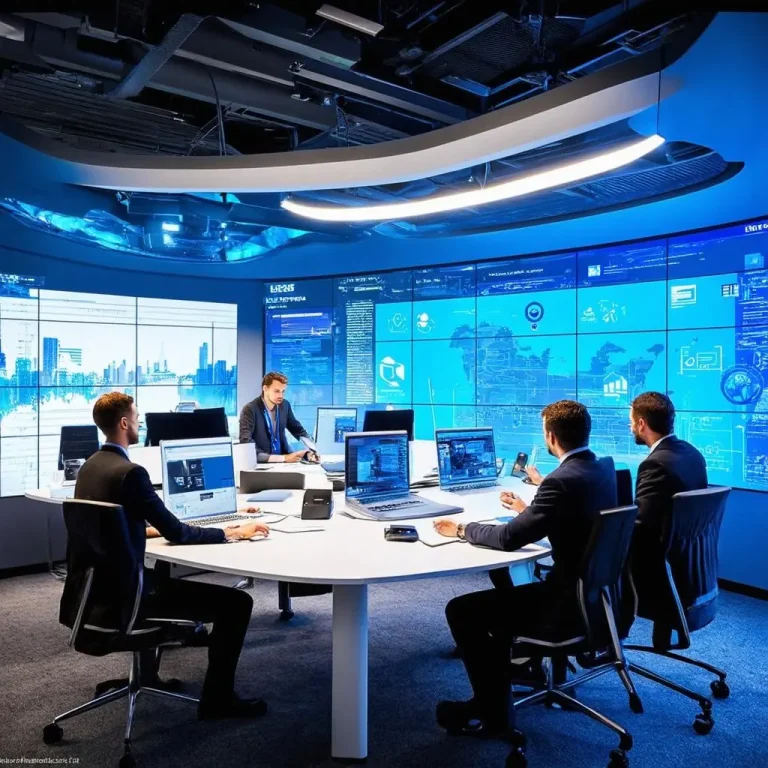As the global push for sustainability gains momentum, the audiovisual (AV) industry is not staying behind. Companies are increasingly prioritizing eco-friendly solutions, responding to the growing demand for sustainable technology that doesn’t sacrifice performance. This shift is vital as AV technology integrates deeper into various sectors, from corporate settings to public installations. Here’s a look at the emerging trends in sustainable AV technology that are transforming the industry landscape.
Sustainable Product Design and Materials
One of the primary areas of focus in sustainable AV technology is in the design and materials used in products. Manufacturers are making strides in developing devices that are not only energy efficient but also constructed from sustainable materials. This includes utilizing recycled metals and plastics, as well as reducing the use of harmful substances.
These eco-friendly practices are often accompanied by efforts to minimize waste in the production process. Companies are also designing products with longevity in mind, offering modular components that can be easily swapped out or upgraded. This approach not only reduces electronic waste but also appeals to consumers interested in maintaining the lifecycle of their devices.
Energy Efficiency and Power Management
Energy efficiency is a crucial component of sustainable AV technology. Innovations in power management systems help reduce the carbon footprint of AV setups significantly. Modern devices now boast energy-saving features such as automatic power-down, sleep modes, and low-power components without compromising the system’s overall performance.
Furthermore, many companies are investing in research and development to create devices that operate efficiently across extended periods. This not only helps organizations cut down on energy costs but also supports broader environmental goals by reducing energy consumption at scale.
Cloud-Based Solutions and Virtualization
The shift towards cloud-based solutions and virtualization represents another significant trend in sustainable AV technology. By utilizing cloud platforms, organizations can significantly reduce the need for physical hardware, which in turn reduces energy consumption and the material resources required for manufacturing.
Virtualization allows multiple systems to run on a single piece of hardware, maximizing resource use and improving overall efficiency. This reduces the environmental impact associated with deploying numerous physical devices and offers scalable solutions that can be tailored to specific needs while maintaining a smaller carbon footprint.
Eco-Friendly Packaging and Transportation
Beyond the devices themselves, companies are reevaluating their packaging and transportation strategies to minimize environmental impact. This includes using recyclable packaging materials, reducing the size and weight of packaging, and optimizing logistics to lower transportation emissions.
Innovative approaches in this area not only improve sustainability but also resonate with environmentally conscious consumers, enhancing brand reputation and customer loyalty. As shipping and logistics continue to evolve, AV companies are increasingly adopting greener practices throughout their supply chains.
Future Outlook: Sustainability as a Standard
From energy-efficient design and cloud solutions to sustainable logistics, the AV industry is increasingly incorporating eco-conscious strategies into everyday practices. This shift not only aligns with global sustainability goals but also appeals to an audience that values environmental responsibility.
As awareness and demand for sustainable solutions continue to grow, it’s clear that these trends are not just temporary measures but are becoming an integral part of AV technology development. Looking forward, sustainability will likely become a standard rather than an exception, driving innovation through a more considerate lens that benefits both the planet and the bottom line.
The commitment to eco-friendly AV technology not only helps preserve the environment but also positions companies as leaders in the industry, setting a benchmark for future innovations that prioritize both performance and sustainability.
- Transforming Workspaces: The Future of AV Integration - February 19, 2025
- Transforming Remote Work: How AV Technology is Paving the Way - February 18, 2025
- Revolutionizing AV Integration: Embrace the Cloud - February 17, 2025







